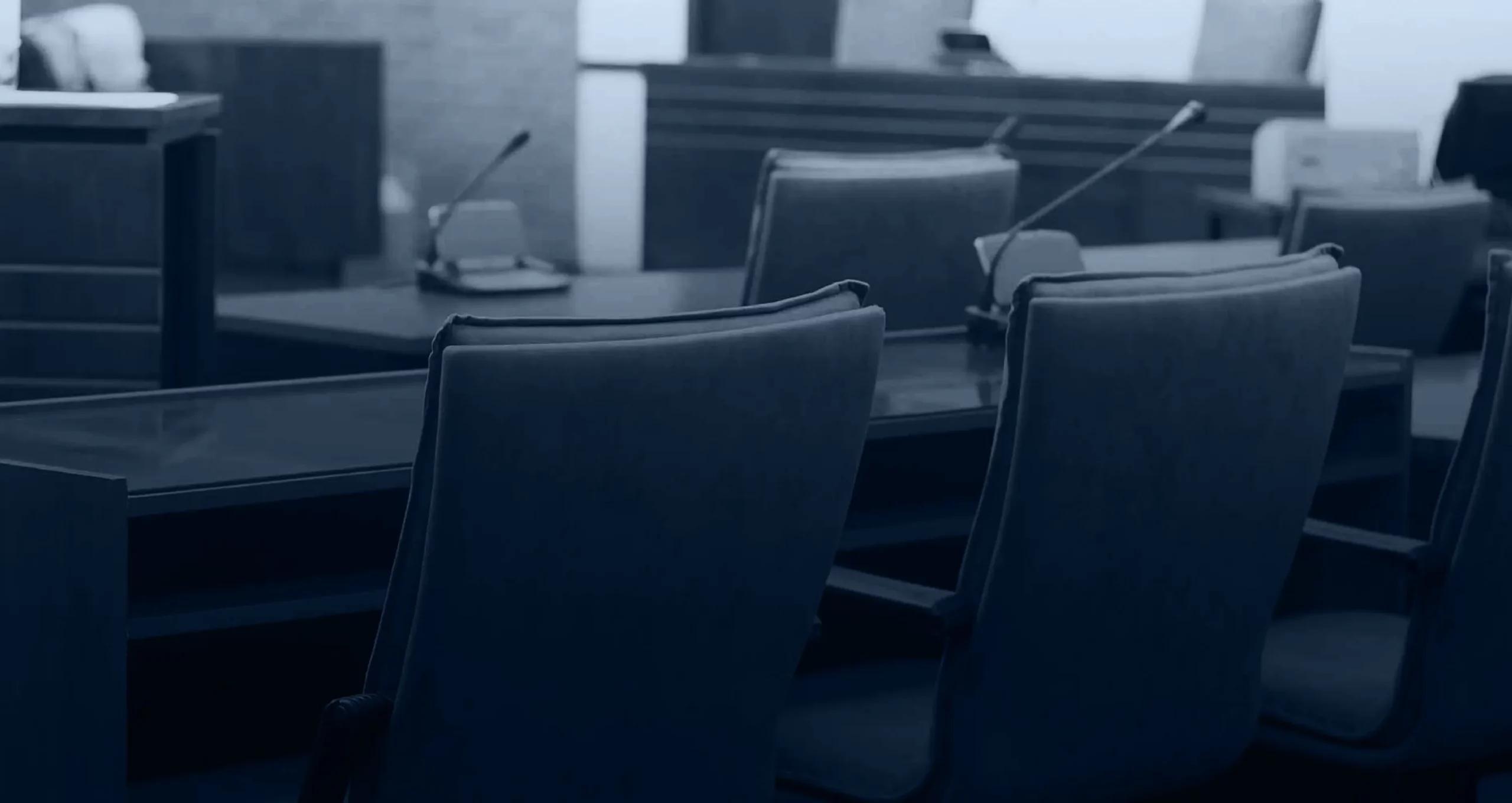
As a legal term, causation refers to the “cause” in “cause and effect.”
If you suffer a personal injury, causation requires the action or inaction of someone else to have been the cause of your injury.
They must have done something wrong, or they must have failed to fulfill a legal duty. Otherwise, you cannot hold someone else liable for your injury.
Example: How Causation Fits in With a Negligence Claim
In a negligence claim, you demand compensation for an injury caused by someone else’s carelessness. You might allege, for example, that your mechanic performed shoddy repairs on your brakes, causing you to suffer injuries in the resulting truck accident. The four elements of a standard negligence claim are:
- Duty of care: In this case, your mechanic must have had the duty to perform your repairs competently. You can probably prove this much if your mechanic held themselves out as a licensed professional.
- Breach of duty: The at-fault party failed to meet the demands of their duty of care.
- Damages: You suffered an injury.
- Causation: The defendant’s breach of duty caused your injury.
Other forms of personal injury, such as product liability, apply different elements than the four listed above.
The Two Kinds of Causation

Intuitively, it seems that there is only one kind of causation. Either Event X caused Event Y, or it didn’t. If you think about it closely, however, you will see that there are actually two kinds of causation that people regularly refer to.
Cause in Fact
Cause in fact is also known as “but-for” causation. “But for” the occurrence of Event X, Event Y would never have happened. If your mechanic had exercised more care when repairing your brakes, you would never have suffered a broken collarbone. Cause in fact also applies to negative statements. If Charlie hadn’t tossed a beer bottle off the roof of the building, you would never have suffered lacerations.
Proximate Cause
“Proximate” means “nearby.” This word doesn’t refer only to something that is physically nearby but also to something that is circumstantially close. Suppose you jostle a man carrying a box in a crowd and they drop it on someone’s foot, breaking it. Cause in fact is probably present because if you hadn’t jostled the man, the victim would probably never have broken their foot.
Let’s change the facts a little. Suppose you jostle someone carrying a box in a crowd and they drop it onto the ground. It contains explosives and detonates, causing a chandelier to collapse onto someone standing 50 feet away. Cause in fact is probably present, but is proximate cause?
Proximate cause and foreseeability
Lawyers frequently argue about proximate cause. The primary criterion for proximate cause is foreseeability. If a “reasonable person” would have foreseen the probability that their negligence would cause the harm in question, proximate cause is present. Note that this principle does not require the defendant to have actually foreseen the injury. It only means that a hypothetical “reasonable person” would have foreseen it.
Both kinds of causation are necessary for liability
The injured victim must establish both types of causation in order to establish liability. While cause in fact is almost certainly present if proximate cause has been proven, the reverse is not always the case.
Contact a Chicago Personal Injury Attorney for Help Proving Causation in Your Case
The purposes of an initial consultation are to determine whether the case is worth pursuing and to determine whether you and the lawyer are a good fit.
Most lawyers earn their legal fees as a percentage of their client’s winnings. Consequently, they are always on the lookout for a winning case. If you hire a Chicago personal injury lawyer under this contingency fee arrangement, your interests are aligned with your lawyer’s. The more you win, the more your lawyer wins.
Contact one of our experienced Zayed Law Offices Personal Injury Attorneys lawyers at (312) 726-1616 today for more information.





